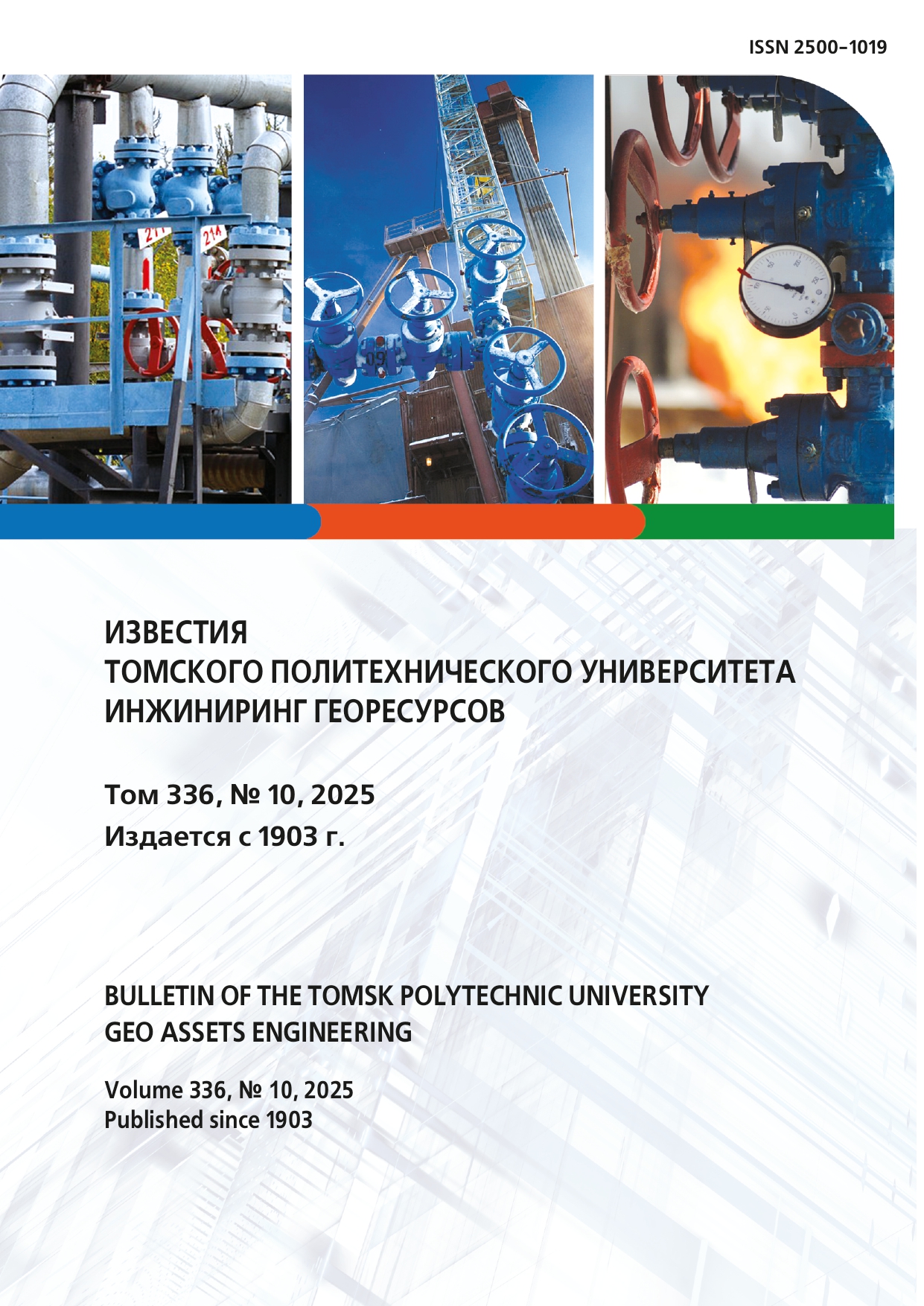Vol. 335 No. 7 (2024)
DOI https://doi.org/10.18799/24131830/2024/7/4629
Effect of coal suspension concentration and gas-air medium temperature on liquid droplets collisions
Relevance. Understanding the mechanisms of liquid droplets interaction with each other is important for many industrial and technical applications related to solving a range of problems like slag removal in a high-temperature environment, obtaining components of the desired fraction in the food industry, etc. Aim. Establishment of the main patterns of suspension droplets interaction in a gas-air environment with temperature variation. Methods. Using shadow high-speed video recording, the main patterns of the binary collision of suspensions droplets were determined. The paper introduces the results of experimental studies of the coal-water suspensions droplets collisions characteristics in a gas-air environment with a temperature of 90–120°C. Parameters of the generated droplets: radius 1.0–2.2 mm, velocity 0.5–2.0 m/s. Results and conclusions. The authors have determined the modes of suspensions droplets collision (coagulation and separation) and the main characteristics of secondary fragments and constructed the maps of the modes of suspensions droplets interaction with each other when varying the concentration of solid particles in the suspension, the temperature of the gas-air environment and the time the target drop spent in a gas-air environment with an elevated temperature. The conditions were established for the coagulation of droplets, as well as their intensive secondary grinding to intensify their drying, ignition and combustion in boiler furnaces. It was established that an increase in the temperature of the gas-air environment leads to a significant change in the size and properties of droplets, as well as to the occurrence of oscillatory phenomena in the system. It is substantiated that collision of droplets of suspensions in a gas-air environment with elevated temperature is complex and multi-parametric. Its characteristics depend on a combination of factors (surface tension and liquid viscosity, size and shape of droplets, speed of their movement, density and viscosity of gas-air environment). The authors obtained mathematical expressions to describe the boundaries of the modes of the studied processes and schemes for using the results obtained in order to increase the efficiency of the corresponding technological processes.
Ключевые слова:
collision, droplet, interaction modes, secondary fragments, heated air-gas environment, suspensions





